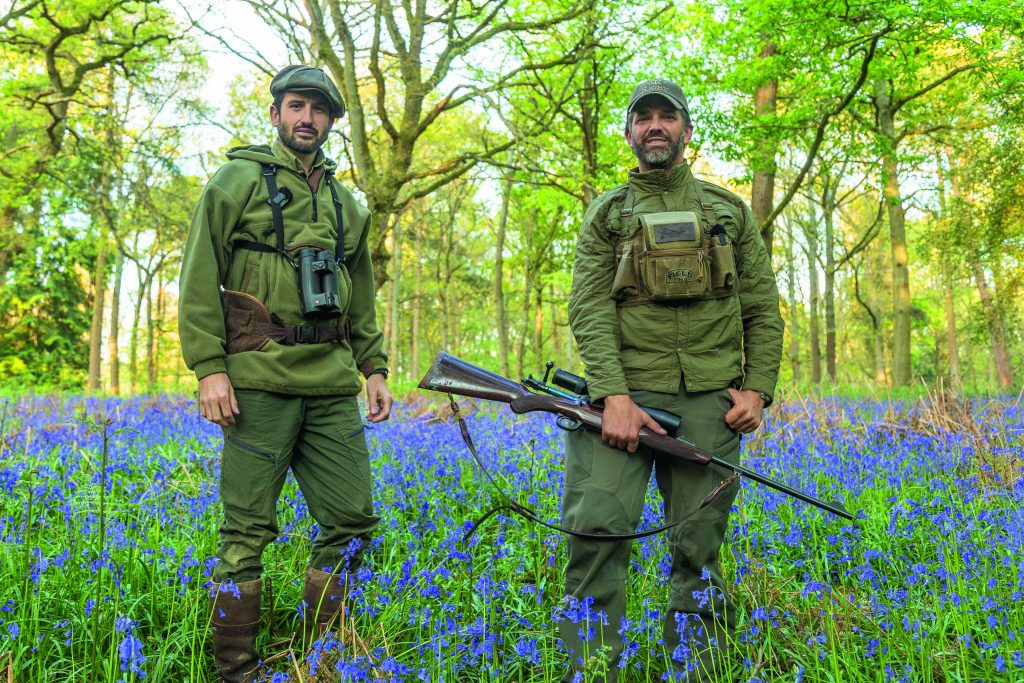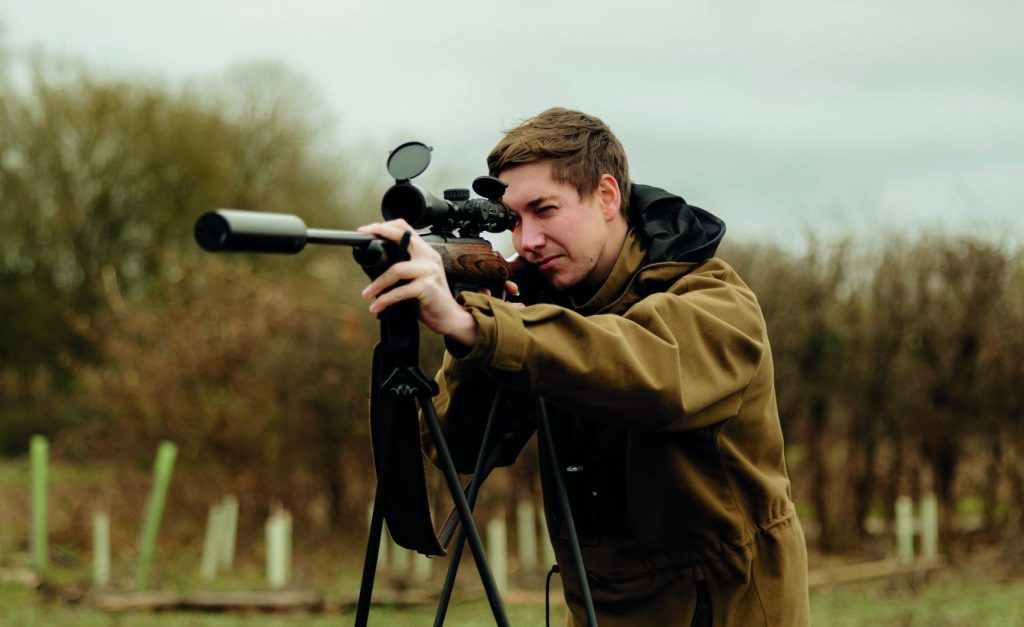Hind stalking
Whilst some might consider it the poorer cousin of stag stalking, stalking red hinds is a sport for the true hunter.
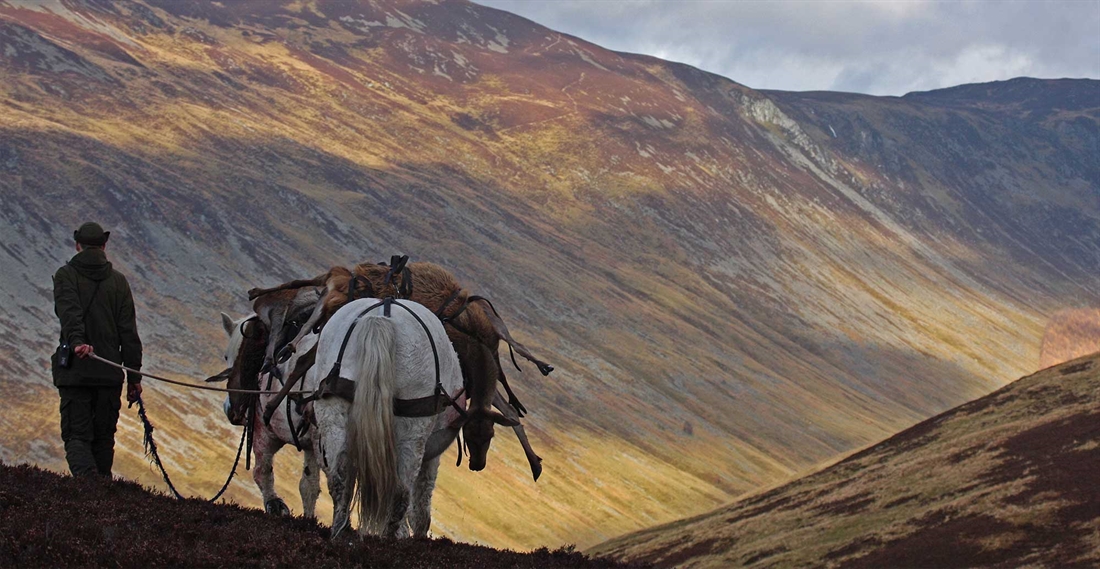
With deer stalking one of the fastest growing fieldsports in the UK, each year we see more and more novice stalkers heading above the Highland line to stalk red deer. As someone that makes their living from deer management, the hind season offers me the opportunity to stalk the animals that I have been watching closely throughout the stag season, and occasionally have vengeance on those old ladies that have caused so much bother during it as well!
Red deer management has changed over recent years. Historically the weaker animals were removed from the herd by the ‘white shepherd’ – far more efficiently than by stalkers, and so there was not the emphasis on hind stalking that there is today. As a result, it is not as difficult to find as it used to be; with more estates carrying out larger hind culls, a lot of them are happy to let a few days to those keen to learn. Particularly for the novice stalker, hind stalking represents a fantastic opportunity to gain experience and spend time on the hill, with all the skill and excitement of stag stalking for often less than half the price.
A few days spent stalking hinds with a knowledgeable stalker will offer the chance to learn a great deal about the behaviour, habitat and instincts of the animals, often combined with the opportunity to stalk multiple animals or groups during a single day.
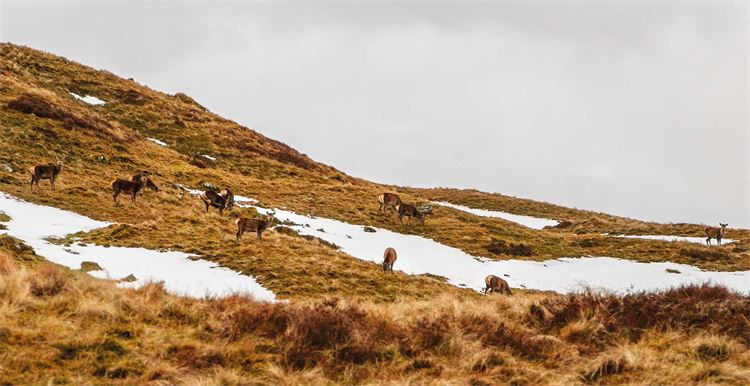
Equipment choice for hind stalking is simple enough – you need to be dry and warm. Good boots and gaiters are really the only footwear choice; wellingtons lack the necessary support for arduous hill country.
Plus fours have served the deer stalker well for nearly 200 years, and (coupled with a good pair of over-trousers) they remain suitable for all but the wettest days, in my opinion. I would, however, advise against wearing any tweed jackets or coats – with few dry days in a Highland winter, the various modern waterproofs are far superior, and teamed with a fleece or two are just as warm.
Gloves, hats and scarves etc. are all also worth packing; a few years ago I remember lying waiting for a group of hinds to move into a better position, and by the time they did, my trigger finger had virtually no feeling in it at all – all due to a forgotten pair of gloves.
As with all stalking, your day will be greatly enhanced by a pair of binoculars, and while it is not necessary to spend a fortune, if you’re thinking of stalking as a long-term hobby, then investing wisely will have you sorted for a long time to come. Look for either a magnification power of 8 or 10 and a 42-millimetre objective lens – these are widely accepted to be the perfect size for sufficient light-gathering ability and field of view, without being too heavy and cumbersome to have with you on the hill.
Most estates will have a rifle they can lend to the unarmed guest, however if you have your own rifle of legal calibre, then it is always best to shoot with equipment you are familiar with. For hill stalking, I’d recommend zeroing the rifle at 200m. If not, go 2″ (5cm) high at 100m. You should take plenty of ammunition. And if you do take your own rifle, please do not protest if the stalker asks you to shoot it at the target; you may know it is zeroed, you may know you are an excellent Shot, but we do not. Consider it like taking butt sticks on the grouse moor – you might not need them, but everyone is much happier with the extra precaution.
The oft-forgotten essentials I would add to the kit list would be a good walking stick, a thermos flask and a sharp knife. While the chances of the stalker asking you to gralloch are slim, it is good practice to always carry a knife anyway – even if you only use it to cut up an apple at lunch.
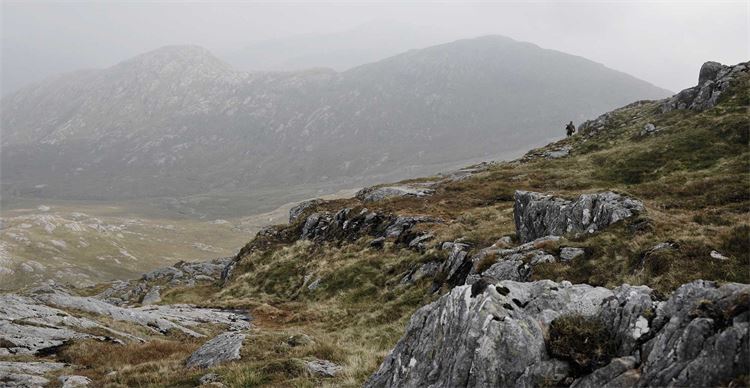
While often dependent on the objectives of individual estates and Deer Management Groups, hind culls will generally fall into the category of a ‘maintenance’ or ‘reduction’ cull. Reduction culling can be carried out in some cases across a whole estate, and in others just in certain areas, and generally involves a fairly heavy-handed approach, with a focus on overall deer density in many cases rather than selecting animals on their genetic and health merits. Maintenance culls allow for a more selective approach, and this can be where the true art of deer stalking shines through. Stalking into a group of animals, looking at the age and health of the deer and selecting which to cull is something that has hardly changed since the days of the garron and double rifle.
Selection of hinds is very important to the health of the herd; you can agonise over which stags to shoot all season long, but if your best hinds end up in the chiller then there’s little chance of improving your stock. Fifty per cent of the genetics of any animal come from the mother, and so you want to see big, healthy hinds that throw good calves left alone, and instead target smaller and weaker animals. The effects of fluke and worm can be seen at distance, and much like people, deer are easy to age when you know what you’re looking for. It is imperative that the client shoots the right deer; all too often enthusiasm takes hold at the last minute and the shooter rushes to take the first animal he can.
Hind stalking is not for the faint-hearted. Cold and often wet days which are likely to involve some dragging and loading of deer might make it sound like the poor cousin of stag stalking, and while it does not carry the same romance, it is a true sport for the hunter, without trophies or ego to get in the way.
If you are serious about deer stalking, it is certainly something to be experienced and enjoyed.
Related Articles
Get the latest news delivered direct to your door
Subscribe to Fieldsports Journal
Elevate your experience in the field with a subscription to Fieldsports Journal, the premium publication for passionate country sports enthusiasts. This bi-monthly journal delivers unparalleled coverage of game shooting, fishing and big game across the UK and beyond.
Each issue offers a stunning collection of in-depth features, expert opinions and world-class photography, all presented in a timeless yet contemporary design.
Save 10% on shop price when you subscribe, with a choice of packages that work for you. Choose from Print & Digital or Digital only with each journal delivered directly to your door or via the app every other month, plus access to past issues with the digital back issue library.






